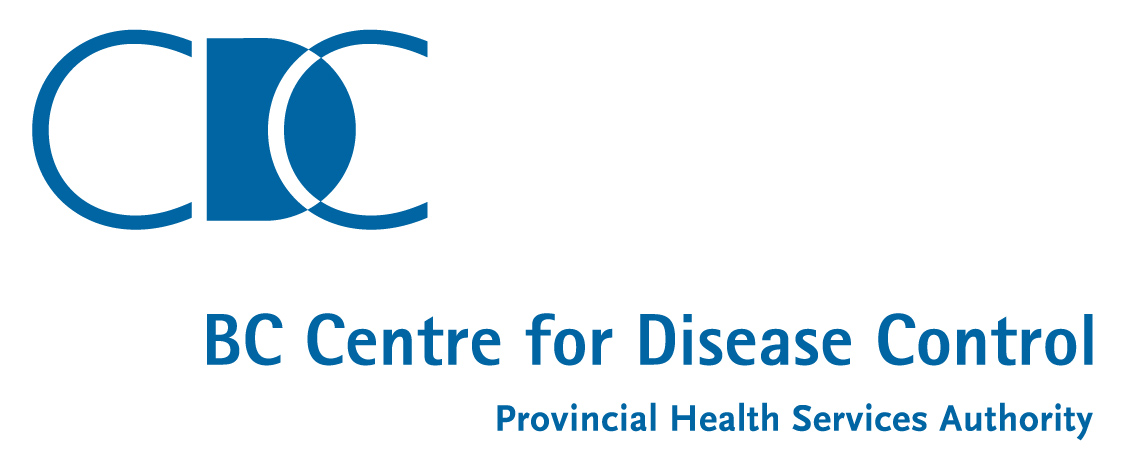Chetwynd Community Health Profile
Some of the indicators presented in the Community Health Profiles are provided with data available at the level of Local Health Areas (LHAs). Please note that some of the LHAs have been given new names in the process of aligning them with newly created Community Health Service Area (CHSA) geographies. To view the new names, click here.
Glossary
Aboriginal: 'Aboriginal' includes persons who reported being an Aboriginal person - that is, First Nations (North American Indian), Métis or Inuk (Inuit), and/or those who reported Registered or Treaty Indian status registered under the Indian Act of Canada, and/or those who reported membership in a First Nation or Indian band.
Age-standardization: Age-standardized rate is a rate that would have existed if the population had the same age distribution as the selected reference population. The BC Community Health Profiles use estimates for a given year (1991 or 2011) as the reference population, and chronic disease incidence and prevalence rates have been age-standardized using the direct standardization method with five-year age groups.
Chronic disease: Chronic diseases, also known as non-communicable diseases, are diseases that are persistent and generally slow in progression, which can be treated but not cured. Chronic diseases often have common risk factors, such as tobacco use, unhealthy diet, and physical inactivity. Societal, economic, and physical conditions influence and shape these behaviours and affect chronic disease rates in communities. Note: the information presented in the profiles on chronic diseases shows the number of people who have been newly diagnosed. Because these figures are based on diagnosis they do not capture those individuals how have not sought medical help.
Drug-induced deaths: Deaths due to drug-induced causes. This category of deaths excludes unintentional injuries, homicides, and other causes that could be indirectly related to drug use. Deaths directly due to alcohol are also excluded.
Incidence: The number of people newly diagnosed with a disease in a population during a specific time period is called the incidence. Incidence is often presented as a rate, such as the number of people who get sick per 1,000 people.
Infant mortality rate: Infant mortality rate is the number of deaths among children less than one year of age per 1,000 live births.
Injury hospitalization: Acute care hospitalization due to the first occurrence of injury resulting from the transfer of external energy to the body (excluding poisoning and other non-traumatic injuries). Poisoning, adverse effects of drugs/medicine, choking, late effects and several other conditions are excluded. Newborns are also excluded.
New immigrant: 'Immigrant' refers to a person who is or has ever been a landed immigrant or permanent resident in Canada. In the BC Community Health Profiles 'new immigrants' are individuals who, at the time of the Canadian Census 2016 (May 10th), had immigrated to Canada within the past five years.
Physically active: The profile reports the percentage of students who report achieving more than 150 minutes of moderate to vigorous physical activity per week in the BC Ministry of Education Student Learning Survey. Although this value indicates there is some regularity in participating in physical activity each week, it does not represent the percentage of youth meeting the Canadian Physical Activity Guidelines (i.e. achieving health benefits through being physically active at least 420 minutes per week).
Prevalence: The total number of people with a disease in a population during a specific time period is called the prevalence. Prevalence differs from incidence in that it includes people who have been living with the disease for many years. (Incidence only includes people newly diagnosed with a disease in a given time period.) Prevalence is often presented as a rate - the number of people living with a disease per 100 people.
Smoking-attributable deaths: Since death certifications lack complete and reliable data on smoking, estimation techniques are used to approximate the extent of smoking-attributable deaths. Smoking-attributable deaths are derived by multiplying a smoking-attributable mortality percentage by the number of total deaths aged 35+ in specified cause of death categories. These categories are comprised of selected malignant neoplasms, circulatory system diseases, and respiratory system diseases.
Standard alcoholic drink: A standard drink is a unit that is used to measure alcohol intake. In Canada, a standard drink is any drink that contains 13.6 grams of pure alcohol or the equivalent of 0.6 ounces of 100% alcohol. (E.g., one 12-ounce can of beer, containing 5% alcohol; one 5-ounce glass of wine, containing 12% alcohol; one and a half-ounce liquor or spirits, containing 40% alcohol.)
Supplementary practitioners: Practitioners who provide services insured through the MSP Supplementary Benefits program or the Midwifery program and who are approved for licensure by their respective Colleges/Associations.
Visible minority: Visible minority refers to whether a person belongs to a visible minority group as defined by the Employment Equity Act. The Employment Equity Act defines visible minorities as 'persons, other than Aboriginal peoples, who are non-Caucasian in race or non-white in colour.'
References
- Statistics Canada. (2018) 2016 Census of population.
- BC Stats. (2015) Sub-Provincial Population Projections - P.E.O.P.L.E.
- Statistics Canada. (2018) Canadian Community Health Survey.
- BC Ministry of Health. (2011) BC health - population, practitioners, services and expenditures by Local Health Area, from MSP.
- Human Early Learning Partnership. (2018) Early Development Instrument.
- Centre for Addictions Research of BC. (2018). BC Alcohol and Other Drug (AOD) Monitoring Project: Alcohol Consumption.
- BC Vital Statistics. (2015) Annual Report.
- BC Ministry of Education & BC Stats. (2018) Student Learning Survey for Grades 4, 7, 10 and 12
- BC Stats. (2018) Life expectancy.
- BC Ministry of Health. (2015) Population Denominators V2013 and Discharge Abstract Database.
- BC Ministry of Health. (2018) Chronic Disease Registries.
- BC Cancer Agency. (2015) BC Cancer Registry.
Acknowledgements
BC Community Health Profiles were developed by the Provincial Health Services Authority in support of Healthy Communities across BC in partnership with the Ministry of Health, health authorities, BC Observatory for Population and Public Health, the Union of BC Municipalities, and PlanH. These profiles will help inform local government and community organizations on the health and well-being of their communities. The Ministry’s primary prevention strategy recognizes the importance of local interests in supporting the creation of environments that promote healthy living.












